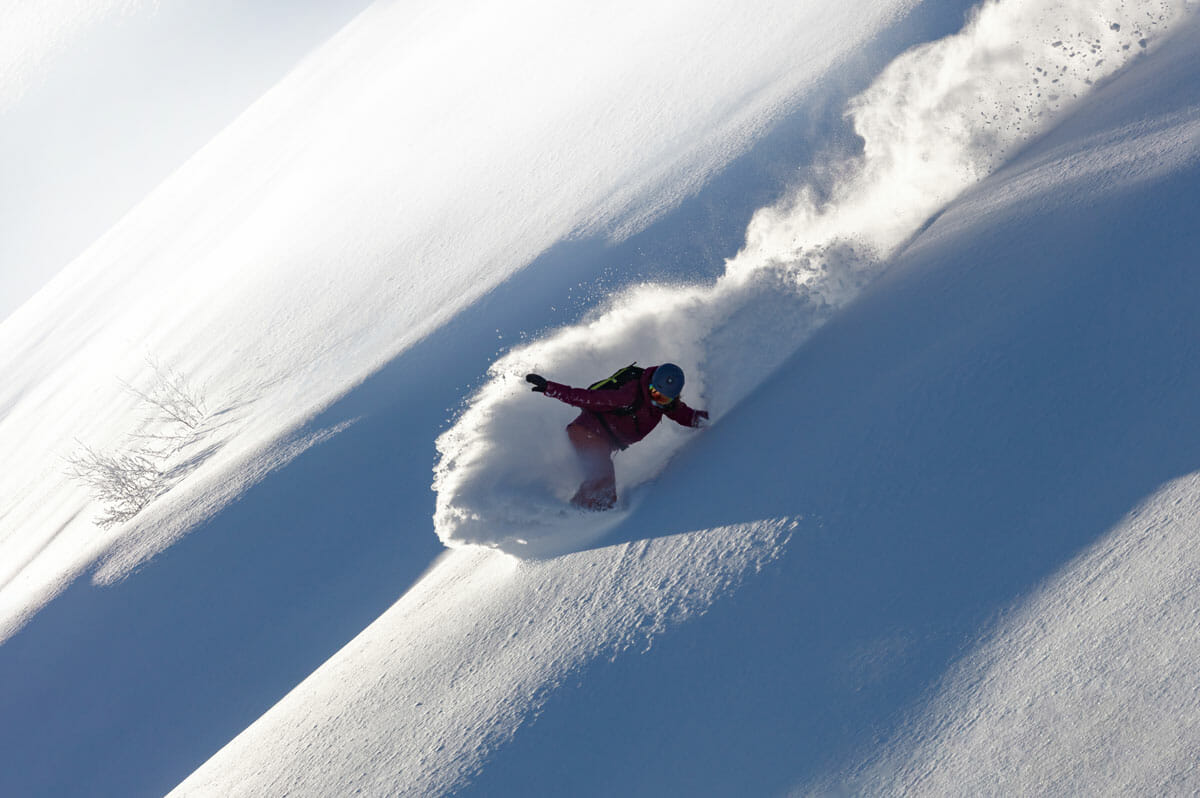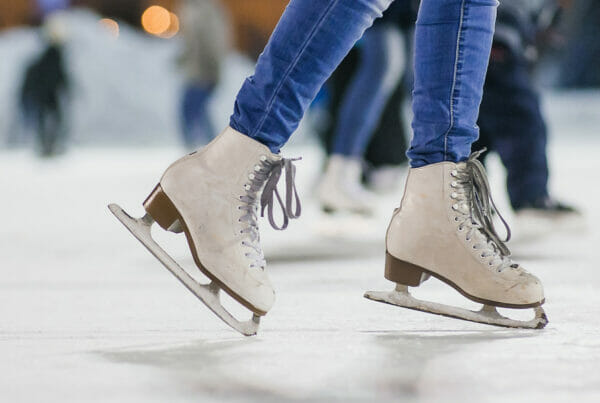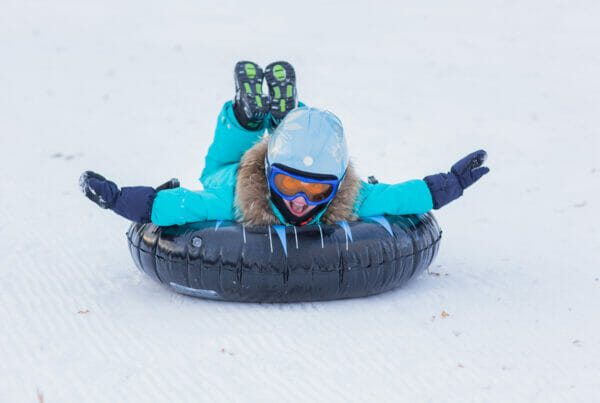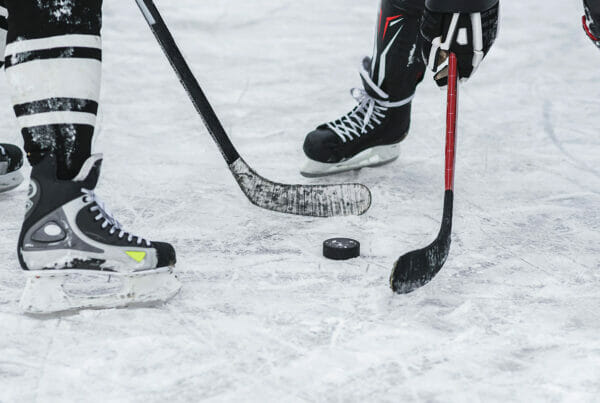Utah mountains offer some of the best snow in the world for snowboarding. With more than seven and a half million snowboards in the US alone, it’s a hugely popular sport that attracts new boarders every season.
While snowboarding provides a unique thrill, it also puts unique types of stress on your body. Unfortunately, snowboarding can cause an array of injuries. The danger of injury is even greater for new snowboarders.
Take precautions to prevent injuries commonly sustained while snowboarding. RPT has some tips below to learn how.
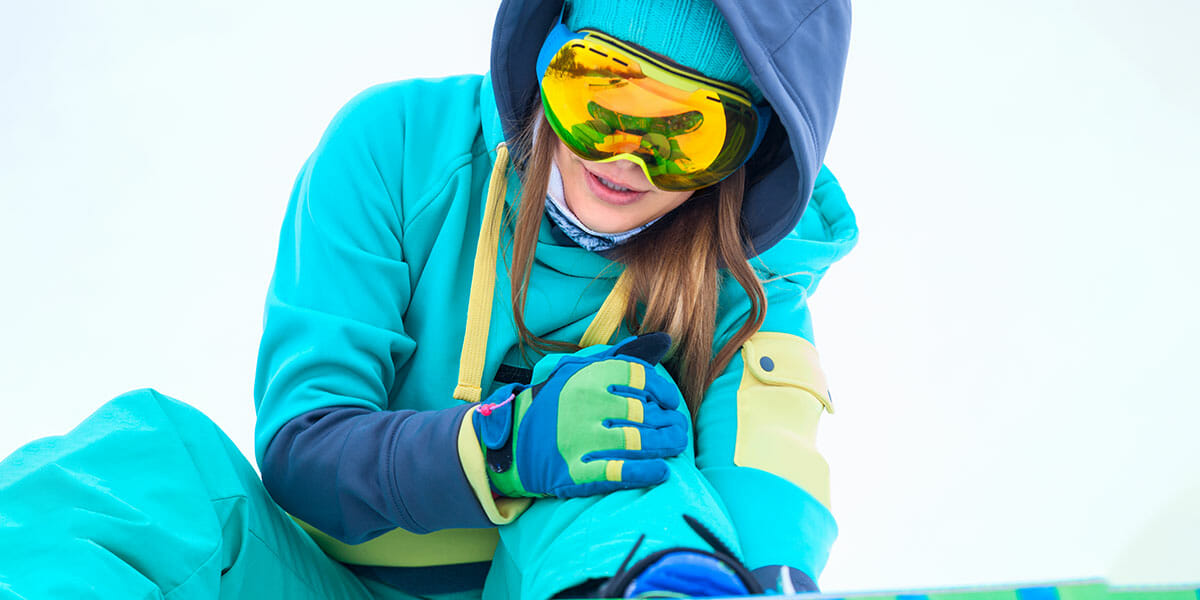
Common Snowboarding Injuries and How to Prevent Them
The most common snowboarding injuries are to the upper body. Still, a snowboard ankle injury or a snowboard knee injury isn’t unusual. Although, common snowboarding knee injuries are usually less severe than skiing knee injuries.
Common Snowboarding Injuries
- Broken Ankle
- Broken Wrist
- Bruised Knee
- Bruised Tailbone
- Concussion
- Cracked Rib
- Fractured Skull
- Separated Shoulder
- Sprained Joints
- Strained Neck
- Torn Ligament
- Whiplash
Common Areas of the Body That May Be Injured While Snowboarding
A bad fall can cause injuries anywhere on your body. Still, most common snowboarding injuries occur in the upper body on the joints
Wrist
Sprained wrists are among the most common beginner snowboarding injuries. Reaching out to break your fall can easily damage your wrist. Even if the wrist doesn’t break, the fall can still cause a nasty sprain.
Shoulder
Absorbing the speed and momentum of snowboarding with you arm can injure your shoulder. The most common shoulder injuries from snowboarding are separated and/or dislocated shoulders.
Elbow
Along those same lines, bracing for a fall can often lead snowboarders to spraining their elbows.
Abdomen/Ribs
A hard fall on your side is the most common cause of a snowboarding rib injury. However, hitting your front or back at full speed could also cause abdominal harm.
Back/Spine
Spine injuries from snowboarding come from hard falls at high speeds. Back injuries can range from a bruised tailbone to a spinal fracture.
Neck
When a boarder going full speed suddenly stops, as in a fall, the force can cause tremendous strain on the neck, with similar mechanisms as you can see in an auto accident.
Head
Head injuries can happen anytime a person falls. When a person falls at high speed, like snowboarders often do, the head injuries can be severe, resulting in a concussion.
Concussions can cause long-term cognitive impairments, and other injuries include cranial and facial fractures which can impact your life permanently. Needless to say, it’s important to “WEAR A HELMET!”
Knee
Knee injuries occur more often in skiing than snowboarding, but they still pose a risk. Unlike the twisted-ligament type injuries people get from skiing, most snowboarding knee injuries come from falling on the knee. Snowboarders are more likely to get bruised or fractured kneecap.
Ankle
Snowboarding can cause ankle sprains, bruises, and in the case of hard falls, even breaks.
Tendons/Ligaments
Tendon and ligament tears and ruptures are more common in skiing than snowboarding, but they can still happen occasionally.
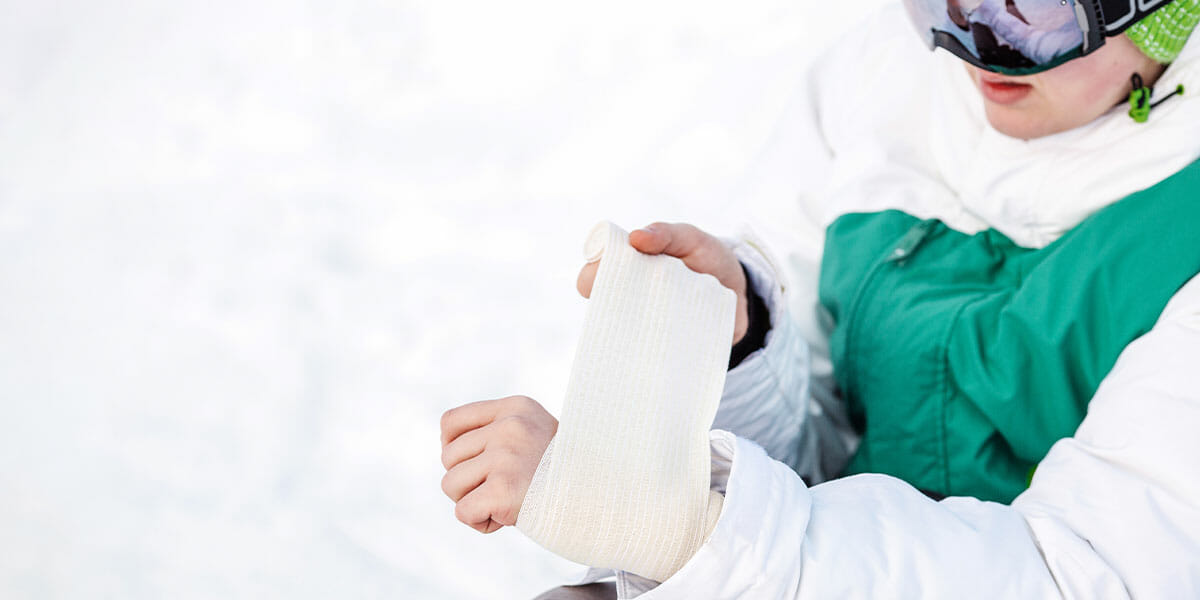
Common Types of Injuries for Snowboarders
The fast speeds and high-impact falls that can happen on a snowboard lead to a wide array of possible injuries, but there are a few that are more common than others.
Contusions & Impact Injuries
Snowboarding falls can cause a lot of bruises or contusions. Bruises on the knees, tailbone, palms, and wrists are common among snowboarders, especially those still new at it. More severe bruising can occur in the form of a concussion.
Take precautions to avoid high impact. Wear well-fitting protective gear while snowboarding and keep your speed under control. Always wear a proper-fitting helmet!
Dislocations
Snowboarding’s jarring impacts can also cause dislocation of joints. Generally, this manifests as a separated or dislocated shoulder when a snowboarder reaches out their arm to catch themselves while falling.
Fractures
Fractures happen in snowboarding all the time. Often snowboarders break their wrists when falling. Cracked or broken ribs, kneecaps, and skulls can also occur from a bad snowboarding fall.
Stay in one piece. Maintain a reasonable speed and always wear your helmet.
Sprains
A sprained wrist, thumb, knee, or ankle is a regular occurrence on the mountain. Skiers tend to get more thumb, knee, and ankle sprains. Snowboarders tend to get the majority of sprained wrists.
Wear protective braces while snowboarding to help prevent joint sprains.
Strains & Cramps
Cramping and strains are usually caused by muscle overuse or fatigue.
Avoid strains and cramps by stretching before snowboarding and drinking water throughout the day.
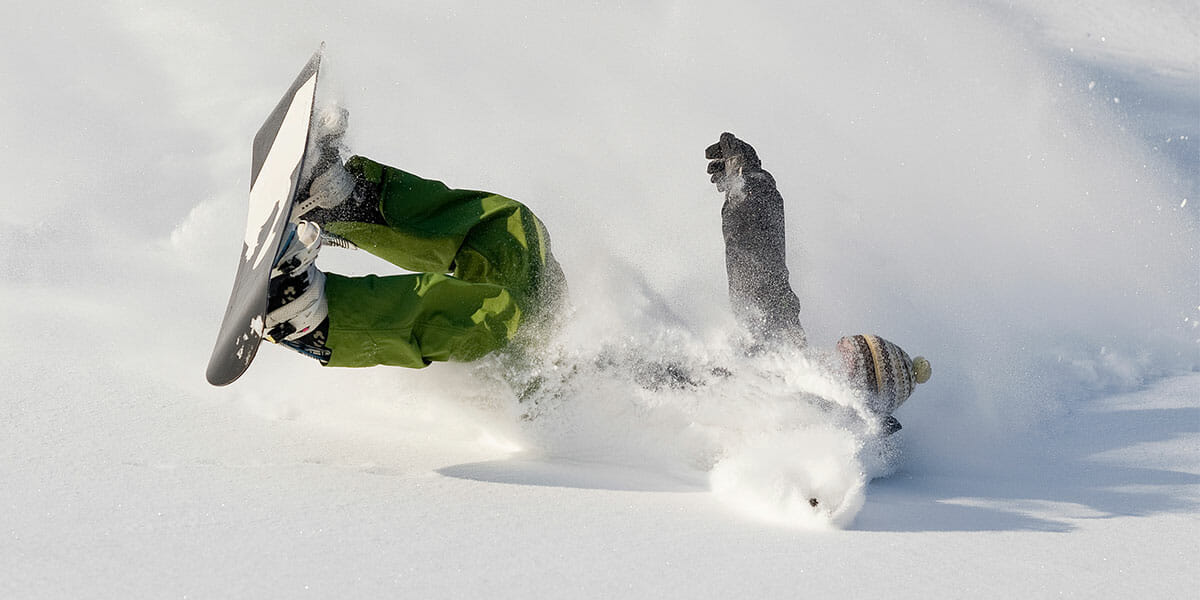
What Causes Common Snowboarding Injuries?
Winter sports cause a lot of injuries for a variety of reasons. And the differences in the sports also lead to different types of injuries.
Skiing and snowboarding injuries are caused mainly by one thing–speed. Flying down the mountain generates an enormous amount of force. When a skier or snowboarder falls, all the energy goes into the impact they make with the ground. At that level of impact, even soft powder can be bone-crushing.
Skiing Injuries vs. Snowboarding Injuries
While the downhill force causing the injuries may be the same for both skiing and snowboarding, the nature of the two sports creates different injuries.
Skiers tend to injure their lower bodies more often, especially their knees. When a skier falls, the long extensions of the skis, and sometimes even the poles, can twist or bend their knee, ankle, and hip joints in unnatural ways at high force. Such twisting can strain and even rupture the ligaments in those joints.
Snowboarders tend to be more susceptible to upper-body injuries. When a snowboarder falls, the board generally acts as a brace, keeping their feet in place. With their feet secured to the board, snowboarders don’t twist their knees and ankles as much as skiers do when they fall. However, snowboarders can struggle to maintain balance with their feet strapped together. That leads to lots of falls where the upper body impacts the ground.
As people fall, they instinctively reach out to brace themselves. For snowboarders, that instinct causes wrists and shoulder injuries.
Are There More Injuries Skiing or Snowboarding?
According to a study published in the American Journal of Sports Medicine, more injuries occurred from snowboarding than skiing, but skiers saw more severe knee injuries.
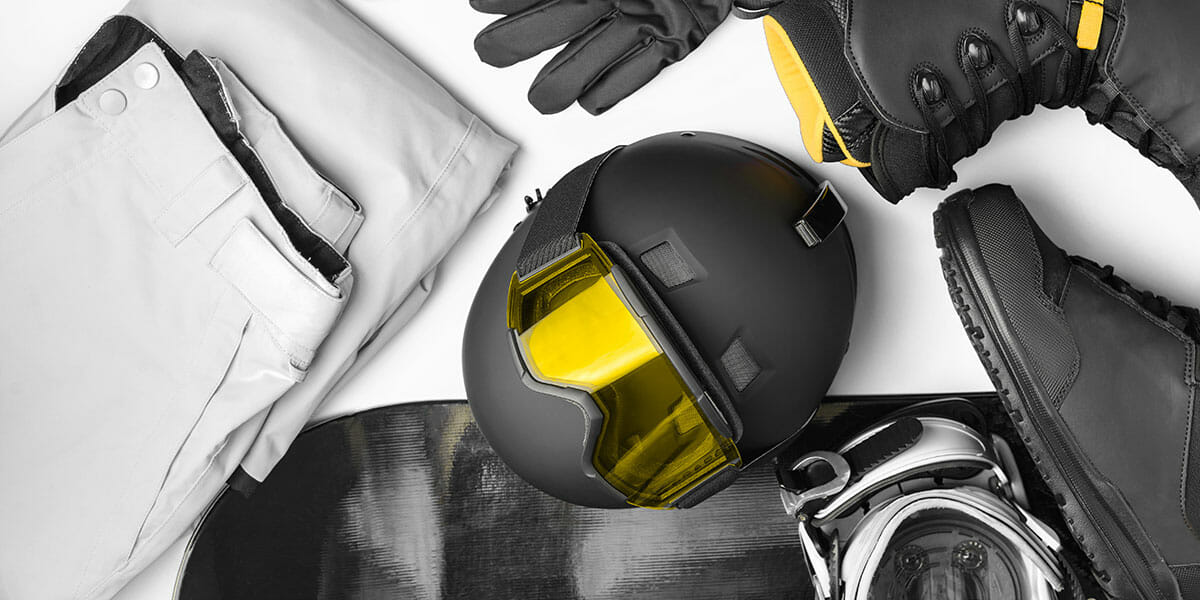
How to Prevent Snowboarding Injuries
Preventing snowboarding injuries starts long before you head up the mountain. You should prepare your body for an active and safe snowboarding season weeks ahead of time. Use these tips to minimize your risk for these common snowboarding injuries.
Preventing Strains and Cramps While Snowboarding
To prevent cramps and strained muscles, get your muscles in shape before you go snowboarding, stretch before and after each day of boarding, and stay hydrated.
Weeks or even months before you snowboard, you should prepare your muscles for vigorous exercise with some weight training.
Snowboarding Strengthening Exercises
Begin a regimen of these strengthening exercises for your legs, arms, and core weeks before your first snowboarding trip of the season.
Stand with your legs wide apart. Point your toes straight ahead. Bend your right knee while keeping your left leg straight and hold. Repeat on the other leg.
To further prevent muscle injury on the slopes, eat a healthy diet with plenty of protein and potassium. Also, drink lots of water before, during, and after snowboarding. Even though it’s cold, your body loses plenty of water during exercise and will need it to be replenished for optimal performance.
Preventing Injuries While Snowboarding
The best way to prevent bruises and fractures while snowboarding is to avoid high-impact falls. That means snowboarding at a speed where you can maintain control.
Technique
You can maximize your control by using proper snowboarding techniques. Keep your arms loose and relaxed, back straight, and your hips directly in line with the board. Keep your knees flexed and your head up, with eyes focused on where you’re going.
Strength
Having more strength will also give you more control, so the stretching and strength training described above applies here, too.
Gear
Last but not least, having gear that fits and functions properly will help you tay upright. However, even the best go down sometimes. So, your protective equipment is just as essential as your board and boots.
Don’t shy away from wrist guards and knee pads, especially if you’re inexperienced. And always, always, always wear a helmet when snowboarding!
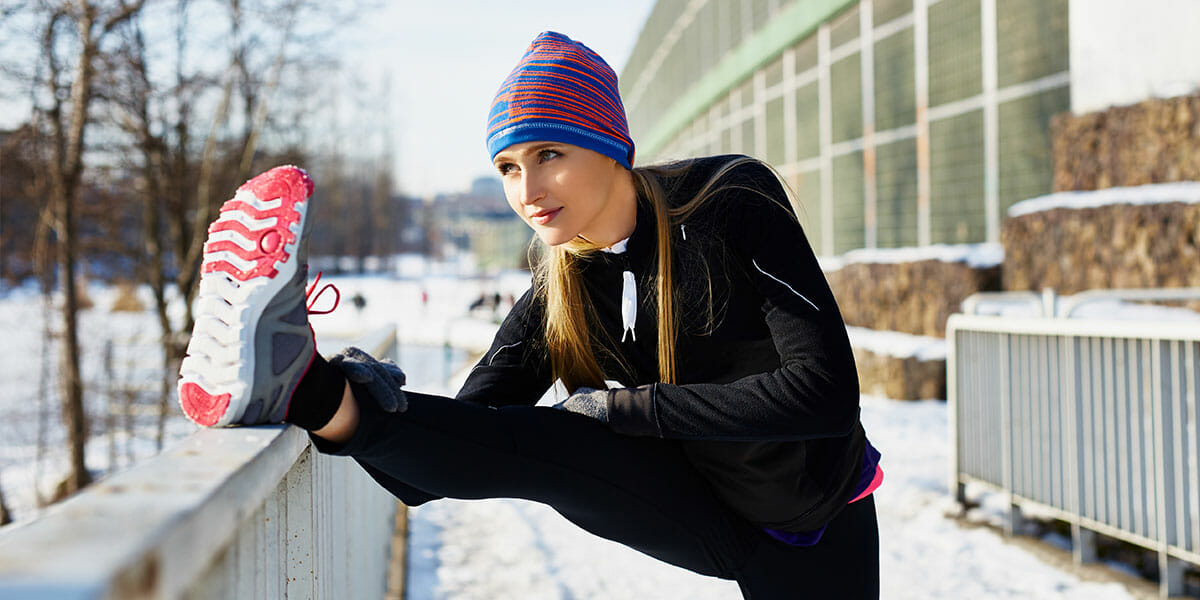
Preventing Sprained and Dislocated Joints While Snowboarding
To reduce the risk of sprained and dislocated joints while snowboarding, follow all of the advice from the above sections about strength, stretching, diet, technique, and gear. They will help here too.
In addition, you can help reduce joint injuries, especially to the upper body, by learning how to fall.
If you feel yourself starting to fall, pull your hands in, flex your knees, and get low to the ground. Then, depending on the momentum, either sit back into the fall or roll forward over the fall.
Do not stick out your hand to stop yourself from falling.
Squats
Stand with your feet shoulder-width apart. Keeping your shoulders directly above your knees, slowly bend your knees as if sitting in a chair. Keep going in the sitting motion until your thigh becomes parallel with the floor. Then, stand back up. Repeat.
Lunges
Stand with your feet directly below you. Take a large step with your right foot while keeping your left foot in place. Slowly bend both legs as if you were going to knee. Just before your left knee touches the ground, stop and stand back up. Then repeat the whole process on the other leg.
Planks
Get down on your hands and knees. Place your palms flat on the ground, slowly walk your hands away from your knees, expand your body until it’s straight, and you’re supporting yourself from your palms and your toes. Hold the position for 30 seconds.
You can also start flat on your belly and use a pushup to get into the plank position. You should also plank on each side, supporting yourself with one hand and the side of your foot. For added strength, use your elbows instead of your palms.
Pushups
Get into the plank described above. Slowly bend your elbows until your chest is three inches from the ground. Then, push yourself up, back into the plank position. Repeat.
Consult one of our physical therapists at RPT to design a workout plan based on your specific body and fitness level.
Snowboarding Stretches
Do these stretches before and after snowboarding to help prevent muscle injuries and aid with recovery.
Standing Quad Stretch
Stand on your right foot. Pull your left foot close to your backside and hold. Repeat with the other leg.
Glute Stretch
Lay on your back. Bring your right knee to your right shoulder, then pull your right foot toward your left shoulder and hold. Repeat with the other leg.
Calf Stretch
Get into the plank position described above. Raise your backside in the air, cross your right foot over your left ankle and push your left heel toward the floor until you feel a stretch, then hold. Repeat with the other leg.
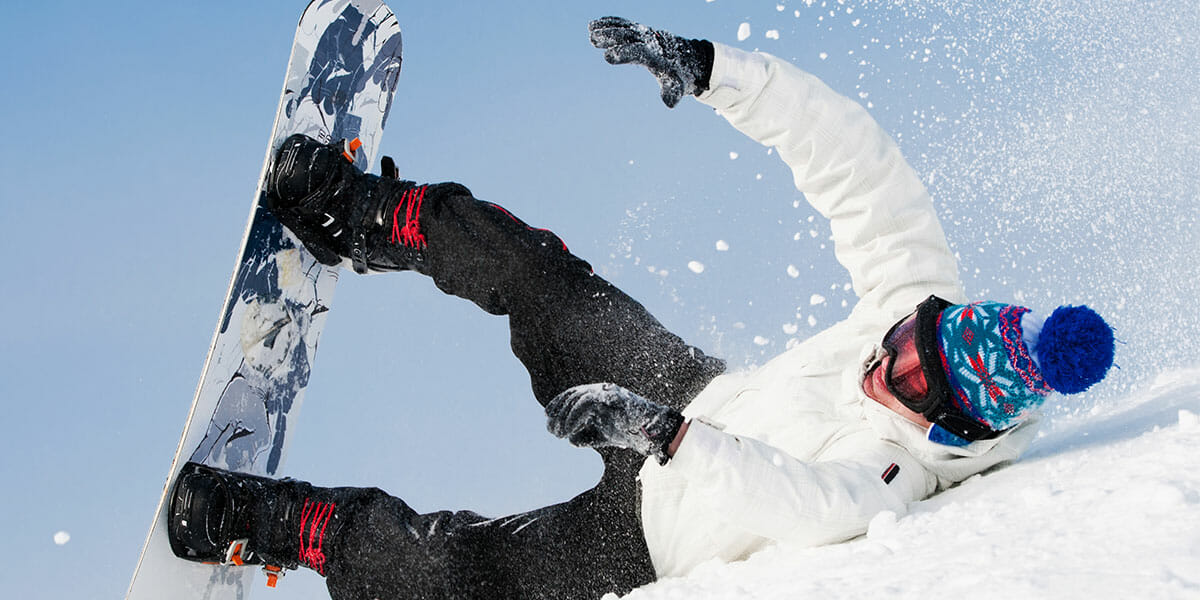
How to Treat Snowboarding Injuries
When they happen, always treat snowboarding injuries seriously. You never know how severe an injury may be when adrenaline is high and you’re numb from the cold.
For head injuries or emergencies, get to the hospital immediately.
For non-emergency injuries, contact RPT to assess the injury and create a recovery treatment plan. Schedule an appointment with a RPT physical therapist for your snowboarding rehab. RPT offers free injury consultations which will allow us to assess your injury and the appropriate next steps (eg. treat conservatively, rehab or referral physician for further work up.)


